Charitable giving: Creating your personal philanthropy strategy
A well-planned strategy for giving back to causes that are important to you — whether through charitable giving, cash, non-cash charitable donations or volunteering — can provide a range of benefits, from reduced taxes to a sense of personal fulfillment and a meaningful legacy.

Here are the ways you can begin building a personal philanthropy strategy that will make an impact.
In this article:
Research charities
Before you decide on a non-profit or charity, do some research. Whatever charity you decide on, you’ll want to ensure they’re using their charitable donations in ways you feel are appropriate. Many worthy causes have more than one nonprofit devoted to them, so don’t settle. Websites such as CharityNavigator.org and GuideStar.org can help.
You may also want to confirm the organization’s tax-exempt status, if that is important to you. Some nonprofits, such as international charitable organizations, may not qualify for charitable tax deductions. One way to help confirm the tax deductibility of a donation is to use the IRS tax exempt organization search tool to check an organization’s tax-exempt status.
Lower your tax bill with charitable tax deductions
To claim a federal income tax deduction for your donations, you’ll generally need to itemize your deductions rather than claim the standard deduction, so keep and organize your receipts for future reference. Keep in mind that charitable donations will only lower your taxes if your total itemized deductions are higher than the standard deduction for that tax year.
While cash is a straightforward way to give back, there are options to consider beyond a simple cash donation:
- Invest in a charitable gift annuity. With this specific type of annuity, you’ll donate an upfront lump-sum to a charity and receive lifetime payouts on a fixed schedule. You’ll also potentially qualify for a partial charitable tax deduction when you make the initial donation, and the charity will keep any remaining annuity funds upon your death.
- Use a donor-advised fund, which allows you to claim a potential charitable income tax deduction today for funds you contribute to a charitable investment account. You can make a significant contribution in one year and make non-binding recommendations on how to allocate the funds to nonprofits over a number of years, however the fund is not obligated to follow any of your recommendations.
Consider non-cash charitable contributions
Many people automatically pull out their checkbook when it’s time to give. While cash gifts may be convenient, non-cash charitable contributions are also a great option for donations. Non-cash charitable giving contributions may include:
- Donate appreciated stock or assets. If you donate appreciated stock that you’ve held for more than a year, then you’ll generally be able to claim a potential charitable tax deduction for the full fair market value of the stock. This approach saves paying the capital-gains tax that would result if you instead sold the stock and donated the cash.
- Donate your life insurance proceeds to charity. Naming a charity as beneficiary of a life insurance policy can make your charitable gift go further by leveraging premium dollars into a larger death benefit amount. Because you retain ownership of the policy, you can change beneficiaries at any time, for any reason.
If you instead choose to donate full ownership, rather than just proceeds, you no longer control the policy, but you’ll gain a potential income tax deduction. Also, if you continue to pay additional premiums, you can potentially deduct those payments from your income taxes as charitable donations. - Donate clothing and goods and get a charitable donation receipt. Donating items that are consuming space in your attic or closets can help others while providing you with a potential tax deduction. Used items generally need to be in good condition or better. Like other giving types, donations must be made before Dec. 31 to claim a tax deduction for that calendar year.
Build your legacy with planned giving
There are several ways to make planned giving part of your estate plan, including:
- Designate a charity as a beneficiary on permitted accounts, such as an IRA.
- Set up a trust to benefit charitable or family interests.
- A charitable lead trust, provides income to charity today, while leaving the remainder to named beneficiaries
- A charitable remainder trust pays income to you or your family for a period of years with the remainder going to the charities of your choice.
Volunteer your time
Giving doesn’t have to end with donating money or things – you can donate your time, as well or instead.
- Volunteering with a local charity or nonprofit. Whether you leverage your skills to teach or mentor others or serve on the board of a nonprofit, there are many opportunities to give back with your time. If you’re retired and have connections with community organizations outside of work hours, then skills-based volunteering — using your career expertise to help others — may be a natural progression for you.
- Voluntourism, or volunteering while traveling. The dream of exploring the world while making it a better place can become a reality in retirement, when you’ll likely have a more flexible schedule. Traveling with a purpose — commonly referred to as “voluntourism” — can be done independently, though working with an accredited organization can ensure your safety, as well as the impact of your endeavors.
Additional tips to consider:
- Websites like volunteermatch.org and idealist.org can help you find volunteer opportunities near you that fit your interests and skills.
- If you volunteer with a nonprofit, keep track of your volunteer auto mileage and expenses, as those may be tax deductible, too.
- Volunteering in retirement presents unique opportunities since retirees often have more professional experience and more free time; charities especially value the contributions that retired and senior volunteers bring.
Fit charitable giving into your overall financial plan
Once you’ve identified your personal goals and priorities for giving, an Ameriprise financial advisor can help create a charitable and personal giving strategy that fits with your overall financial goals. They’ll help create an approach that can optimize your contributions, provides potential tax benefits and reflects your values and the kind of long-term legacy you want to leave for others.
Or, request an appointment online to speak with an advisor.
At Ameriprise, the financial advice we give each of our clients is personalized, based on your goals and no one else's.
If you know someone who could benefit from a conversation, please refer me.
Background and qualification information is available at FINRA's BrokerCheck website.
You should consider the investment objectives, risks, charges and expenses of a mutual fund carefully before investing. The prospectus contains this and other important information about the funds and should be read carefully before investing.

